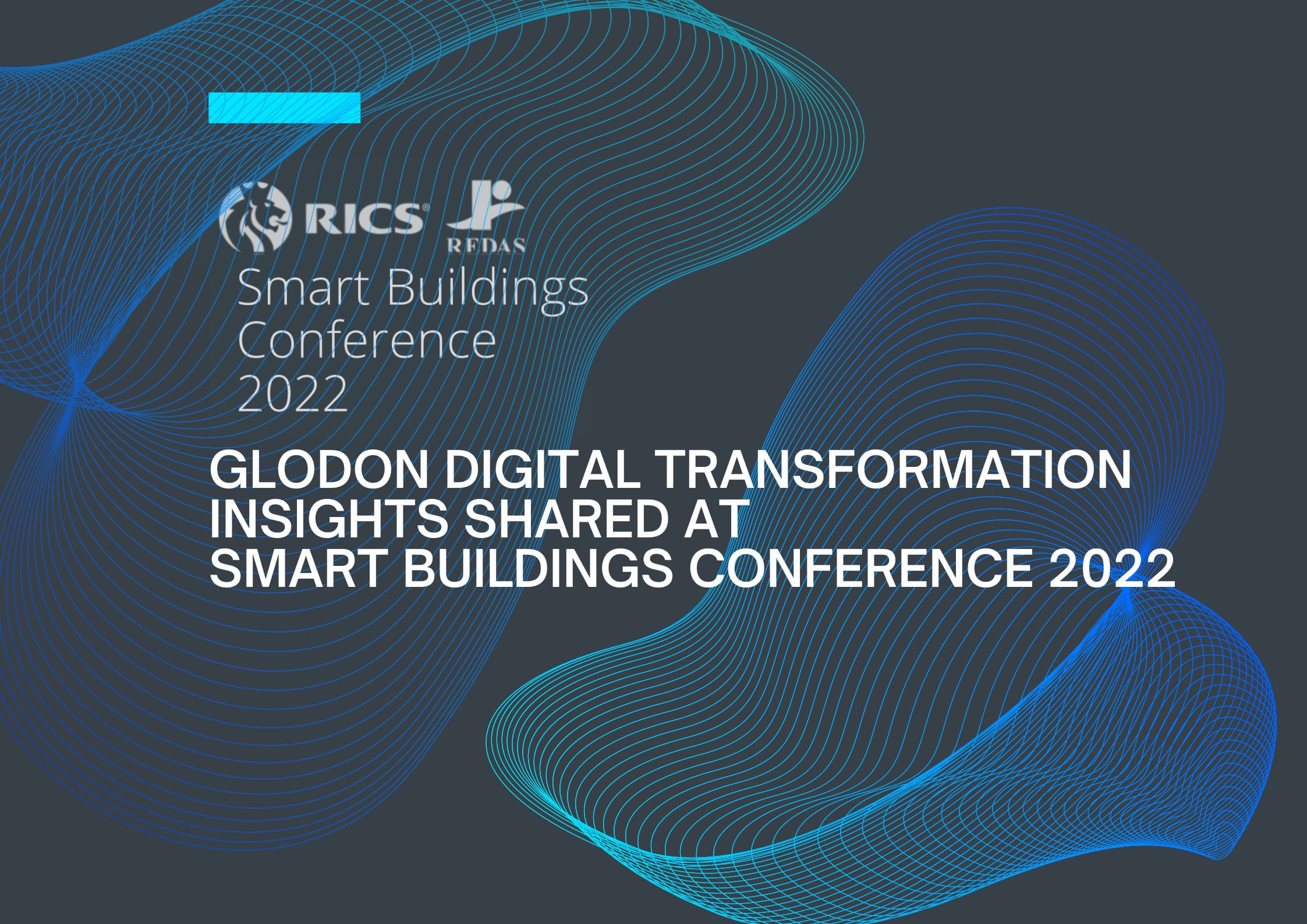Aug 28.2023
Smart Construction Management Practice at the Olympic Sports Centre
The Lanzhou Olympic Sports Centre is a groundbreaking project with a total land area of 516,000 square meters and a total construction area of 464,000 square meters. This pioneering project is characterised by an efficient Glodon digital building platform, delivering unprecedented construction speed, boasting an impressive completion time of only 920 days – a quarter faster than conventional construction.
The project comprises five standalone venues, each designed with the theme of "blooming flowers on the Silk Road" and named after different flowers. The venues include the "Rose" Stadium, the "Tulip" Multipurpose Hall, the "Lily" Swimming Pool, the "Lotus" Tennis Court, and the "Orchid" Sports Complex, all positioned along the banks of the Yellow River, resembling five blooming flowers. These venues are a testament to exceptional architecture and design, ensuring visitors enjoy world-class sporting events throughout the year.

The Lanzhou Olympic Sports Centre is a prime example of "smart construction," which led to the creation of "smart venues." Throughout the construction phase, Glodon's advanced project management software played a pivotal role, enabling efficient project management, and overcoming challenges associated with intricate geological conditions along the Yellow River, facilitating the installation of a distinctive cantilevered roof structure in the stadium, complicated assembly of a two-way twisted steel truss within the multipurpose hall, and the installation of a remarkable 90-meter suspend-dome structure. The project team harnessed Glodon's smart construction management solution, seamlessly managing complexities and ensuring that the different construction stages were executed precisely and efficiently.
Glodon's smart construction management utilises BIM technology, cloud computing, big data, the Internet of Things (IoT), and mobile Internet to empower project management personnel to streamline labour, quality, safety management, production, and other essential aspects during construction. The intelligent approach resulted in the successful creation of iconic sports venues with cutting-edge technology and state-of-the-art designs, ready to support world-class sporting events that will attract visitors worldwide.
BIM-enabled Technology Management
The Lanzhou Olympic Sports Centre encountered a significant challenge in managing a large volume of documents in various formats resulting in difficulties when it came to retrieving specific information when needed. To address this, the project implemented the Glodon BIM-enabled technology management platform. This platform allowed for uploading electronic drawings, technical plans, briefing materials, standards, and public documents in various formats, enabling accurate classification and efficient sharing of engineering data. The platform's implementation also allowed access to relevant component information through mobile devices, making it convenient for project stakeholders to access necessary data anytime.
The project's complexity leveraged 3D briefings, significantly improving the briefing process and reducing time. The 3D data management system enabled all participating parties to upload their documents, ensuring timely updates and internal sharing. The project department established approval processes, including stamp approval and issuance of contact forms, to standardise process management.
Progress Management
The project utilised the Glodon information management platform to create and submit the master, monthly, and weekly plans online. This facilitated comprehensive coordination and strict control over the project's milestones. Tasks were assigned online, enabling construction management personnel and teams to view each stage's plan easily.
The plan progress was reported over weekends or at the end of the month, and completion rates were quantified. Reasons for incomplete tasks were analysed, and specific improvement measures were proposed. This approach ensured the project was on track and the team could promptly take necessary actions to address any issues.
The production management system integrated the three-level plan (master, monthly, and weekly) through a BIM model pipeline, linking the data of the three plans. Construction managers sent the weekly plan to production department personnel on their mobile devices through a web-based cloud platform. This allowed the supervisors to provide real-time feedback on construction progress, thus enabling data feedback at every level. The production management system also provided timely warnings of project schedule risks, ultimately ensuring project progress control.
Labour Management
To regulate worker attendance and access, the construction site implemented facial recognition and signal detection for worker attendance and access control. High and wing gates prevented unauthorised individuals from entering the site. Workers checked in by presenting their identification to labour management personnel using handheld devices, automatically collecting, and synchronising their information to the system, improving management efficiency.
Quality Management
Mobile devices were used for on-site quality inspections and acceptance checks, saving time for frontline personnel. Extensive data analysis was utilised to identify common quality issues and their root causes, strengthening control measures. Trends in quality issues were also analysed to enhance project management during critical periods.
Safety Management
Safety officers conducted daily inspections to identify potential hazards during construction. They then notified responsible subcontractors to rectify the issues. After rectification, safety officers rechecked to ensure compliance. All these processes were streamlined online, reducing the workload of frontline personnel. Safety inspections, education, briefings, and similar safety management tasks were conducted using mobile devices. Comprehensive data analysis allowed for a better understanding of real-time safety conditions, enabling prompt action and clear accountability.
Tower Crane Monitoring
Real-time data on safety indicators such as load, angle, height, and wind speed of tower cranes were collected and transmitted to a cloud database. This allowed for real-time monitoring, warnings, and data transmission. Unauthorised operations triggered alarms and automatically halted hazardous crane movements, preventing safety accidents.
Environment Monitoring
The project utilised an automatic monitoring system for environmental factors such as dust, weather, and noise levels. When predefined thresholds were exceeded, the platform issued alerts. The system linked the automatic sprinkler and dust monitoring system, activating the sprinkler system when airborne dust concentration exceeded the set threshold, improving the construction environment.
The Lanzhou Olympic Sports Centre exemplifies the successful use of smart construction technologies. The project made notable progress in labour, quality, safety management, and green practices by integrating BIM, IoT, big data, and cloud computing. It not only stands as a physical landmark but also a testament to the industry's ability to achieve remarkable results through strategic planning and the effective use of modern tools and techniques.













